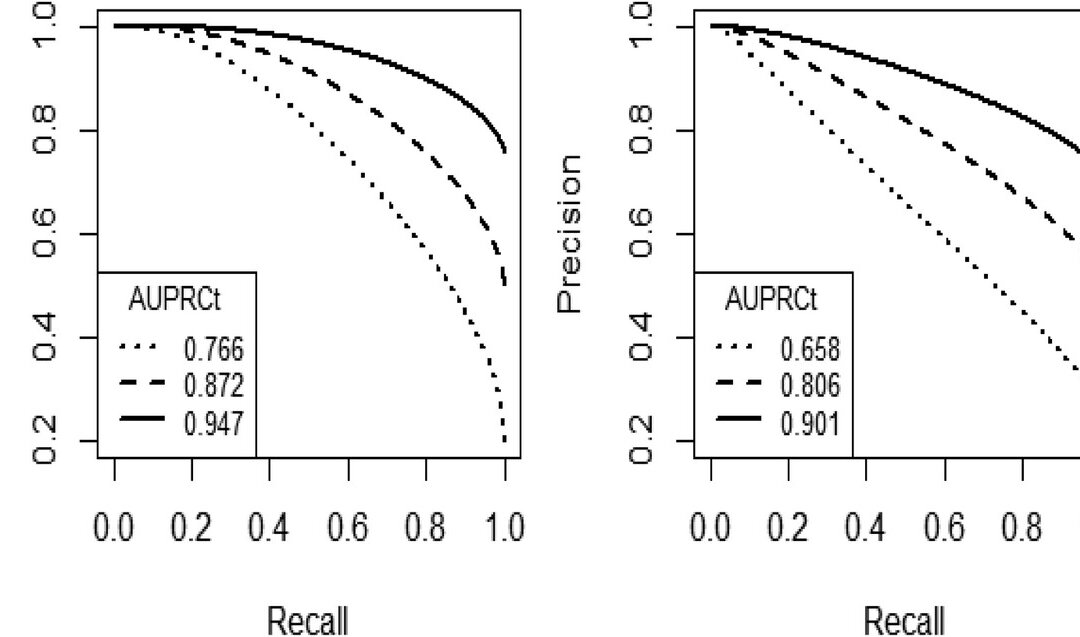
by Usha Govindarajulu | Apr 25, 2024 | Biostatistics, Blog, Usha Govindarajulu
April 24, 2024 The motivation was assessing continuous risk scores with biomarker distributions. The authors defined that the precision-recall curve is a plot of the true positive rate (which is also known as recall or sensitivity) against the positive predictive...
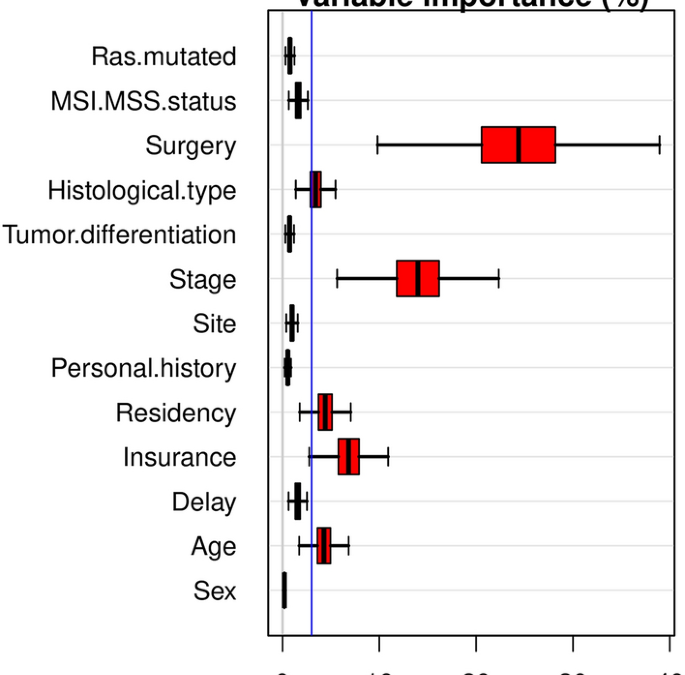
by Usha Govindarajulu | Apr 10, 2024 | Biostatistics, Blog, Usha Govindarajulu
April 10, 2024 The authors aimed to assess overall survival rates for colorectal cancer (CRC) at 3 years and also identify the associated prognostic factors amongst patients in Morocco using a machine learning approach, a random survival forest (RSF). CRC has...
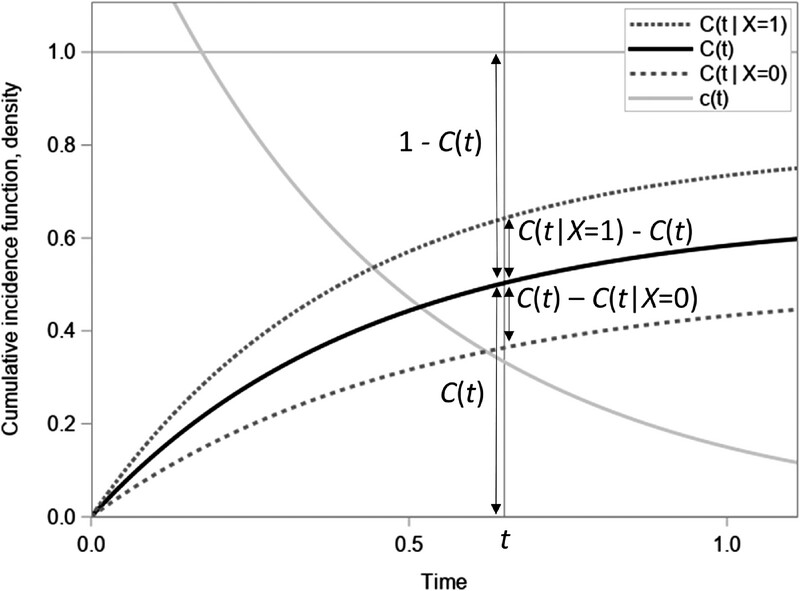
by Usha Govindarajulu | Mar 27, 2024 | Biostatistics, Blog, Usha Govindarajulu
March 27, 2024 In this article, the authors described their Schemper-Henderson measure to account for explained variation for survival outcomes, extended to allow for competing risks. They defied explained variation as the relative gain in predictive accuracy when...
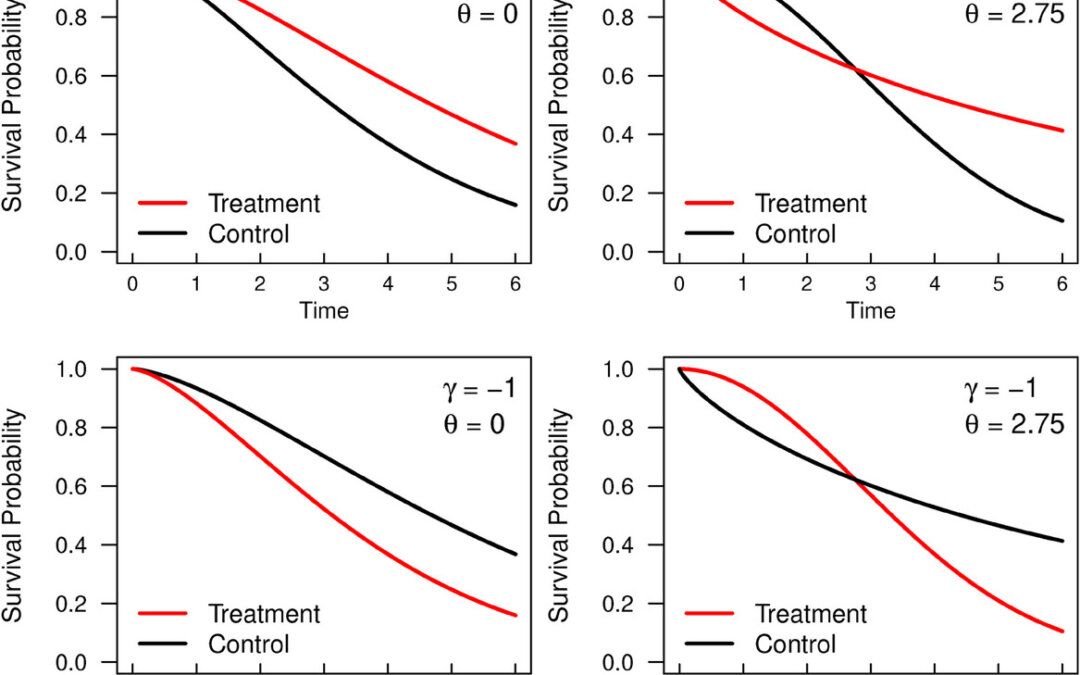
by Usha Govindarajulu | Mar 13, 2024 | Biostatistics, Blog, Usha Govindarajulu
March 13, 2024 New immunotherapies for cancer have shown to have different treatment effects often with delay compared to other cytotoxic treatments and, therefore, this has called for different ways of modeling the survival curves. The usual log-rank test has relied...
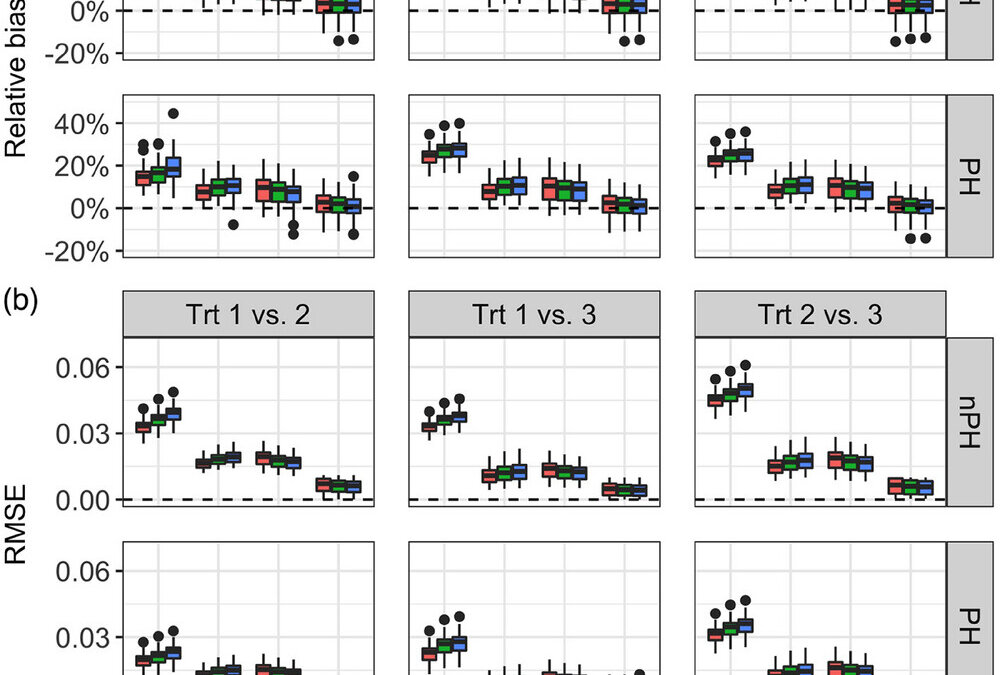
by Usha Govindarajulu | Jan 31, 2024 | Biostatistics, Blog, COVID-19, Usha Govindarajulu
January 31, 2024 In an article that appeared in Biometrical Journal, Hu described a new random-intercept accelerated failure time model with Bayesian additive regression trees (riAFT-BART), which can be used to draw causal inferences on population treatment effectts...
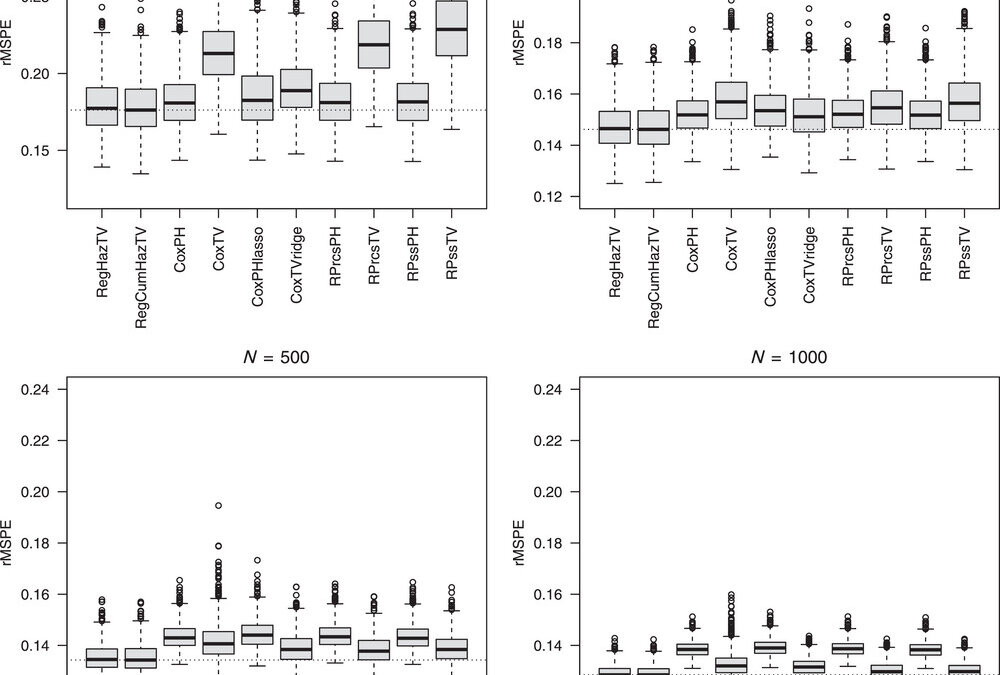
by Usha Govindarajulu | Jan 17, 2024 | Biostatistics, Blog, Usha Govindarajulu
January 17, 2023 In an article that appeared in Biometrical Journal, Hoogland et al (2023) had aimed to combine the benefits of flexible parametric survival modeling and regularization in order to improve risk prediction modeling in the context of time-to-event data....






